Skin tag removal in Dubai, small benign growths of skin, are common in areas where skin rubs against skin, such as the inner thighs. While harmless, they can cause discomfort, irritation, and self-consciousness. Understanding how to safely remove them is crucial before attempting any method. This guide explores practical approaches, preparation steps, and aftercare to ensure safe and effective removal.
Understanding Skin Tags:
Remove skin tags on the inner thigh (كيفية إزالة علامات الجلد على الفخذ الداخلي) are small, soft, flesh-colored protrusions that can vary in size from a few millimeters to a centimeter. They are composed of skin and connective tissue, often developing in areas prone to friction. On the inner thighs, they can result from rubbing during movement or exercise. Although generally harmless, they can become irritated by clothing or sweat, causing discomfort or inflammation. Recognizing their nature and monitoring for changes is the first step in managing them safely.
Identifying the Right Skin Tags:
Not all growths on the inner thigh are skin tags. Some may be moles, warts, or other skin conditions that require different approaches. Skin tags typically appear as small, soft, and hanging skin growths, sometimes on a narrow stalk. They are usually flesh-colored or slightly darker than the surrounding skin. If a growth changes color, shape, or starts bleeding, it is essential to avoid self-removal and monitor it closely, as these may indicate other skin issues. Correct identification ensures the chosen removal method is safe and effective.
Preparing for Removal:
Preparation is a critical step for any skin tag removal, especially in sensitive areas like the inner thighs. Clean the area thoroughly with mild soap and warm water to reduce the risk of infection. Pat the skin dry gently, avoiding irritation. It’s advisable to trim surrounding hair if necessary, as this can improve access and minimize discomfort. Ensuring the skin is clean, dry, and free of oils or lotions sets the stage for a safe removal process. Additionally, consider wearing loose clothing afterward to prevent friction during healing.
Home-Based Removal Methods:
Several home-based methods can be effective for small skin tags, though caution is essential to prevent irritation or infection. Common approaches include:
Tying Off: Using dental floss or thin thread to tie off the base of the skin tag can cut off its blood supply, causing it to fall off naturally over time.
Topical Treatments: Natural solutions like tea tree oil, apple cider vinegar, or over-the-counter wart removers may help dry out small skin tags. Always apply with care, avoiding healthy surrounding skin.
Freezing Kits: Some at-home freezing kits are designed to remove small skin growths by applying extreme cold, causing the skin tag to detach.
While home methods are convenient, patience is required, as results can take days or weeks. Avoid cutting or forcibly pulling off skin tags, as this can cause bleeding, infection, or scarring.
Using Safe Tools and Techniques:
If attempting Skin tags shape (شكل الزوائد الجلدية) at home, ensure the tools and techniques used are safe and hygienic. Sterilize scissors or nail clippers with alcohol before and after use. Never use unclean or shared instruments. If tying off a skin tag, make sure the thread is secure but not cutting into surrounding healthy skin. Gentle application of topical treatments or freezing kits should follow instructions precisely. Proper technique minimizes risks and supports smooth healing.
Post-Removal Care:
After removal, the affected area requires careful attention. Clean the site daily with mild soap and water, and apply an antiseptic or soothing ointment to reduce irritation. Avoid tight clothing that can rub against the healing skin. Over-the-counter antibacterial creams may prevent infection and promote faster recovery. Monitor for signs of infection, such as redness, swelling, or discharge, and keep the area protected until fully healed.
When to Seek Alternatives:
Not all skin tags respond well to home treatments. Larger or multiple skin tags, or those located in very sensitive areas, may require different approaches. Persistent irritation, frequent bleeding, or rapid growth are signals to reconsider home removal. Exploring alternative safe removal techniques can prevent complications, ensuring skin remains healthy and intact. Patience and caution are key—rushing removal can lead to more harm than benefit.
Prevention and Maintenance:
While skin tags cannot always be prevented, certain steps may reduce their occurrence, especially in friction-prone areas like the inner thighs. Maintain healthy weight and avoid excessive skin-on-skin rubbing. Wearing moisture-wicking, breathable clothing can minimize friction. Keeping the skin clean and dry, and addressing sweat or irritation promptly, helps reduce the risk of new growths. Regular monitoring and early intervention allow for smaller, simpler removals when necessary.
Conclusion:
Skin tags shape with pictures (شكل الزوائد الجلدية بالصور) requires careful attention, patience, and proper hygiene. Understanding what skin tags are, identifying them correctly, and preparing the area properly are essential steps before attempting any removal method. While home remedies and safe techniques can be effective, post-removal care is equally important to prevent infection and promote healing. Monitoring for changes and minimizing friction can help reduce recurrence. By following safe practices and taking a cautious approach, you can manage skin tags effectively while maintaining healthy, comfortable skin.

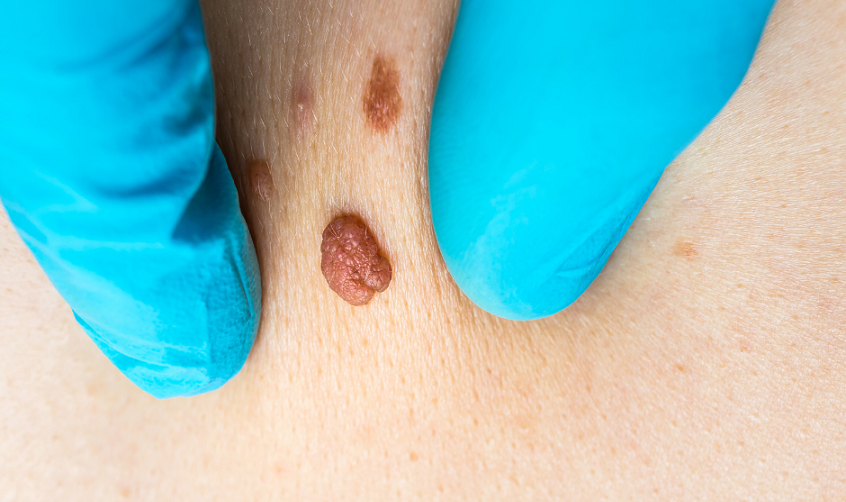
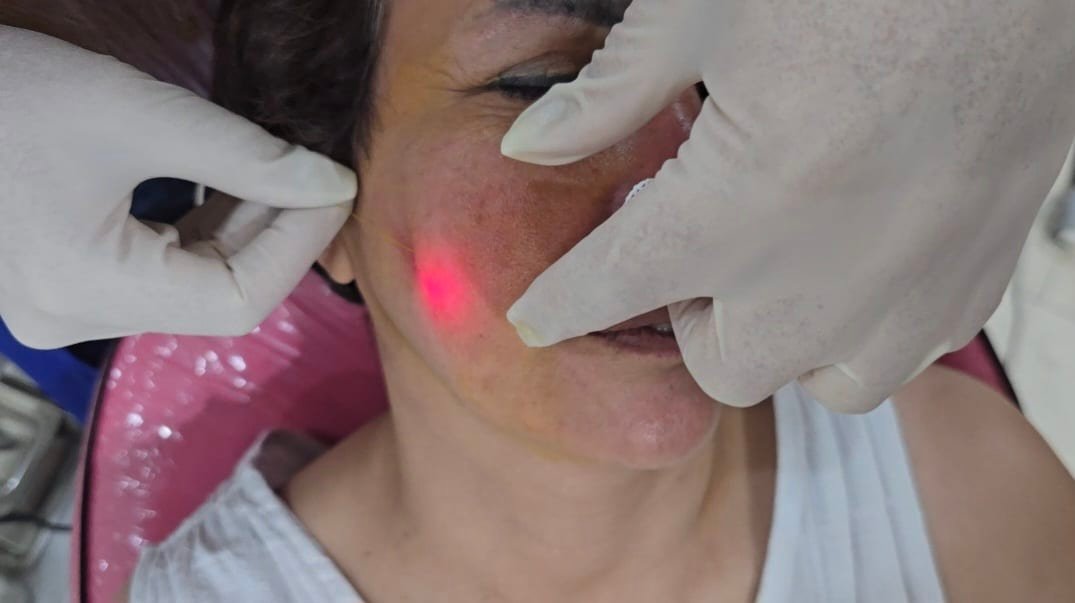
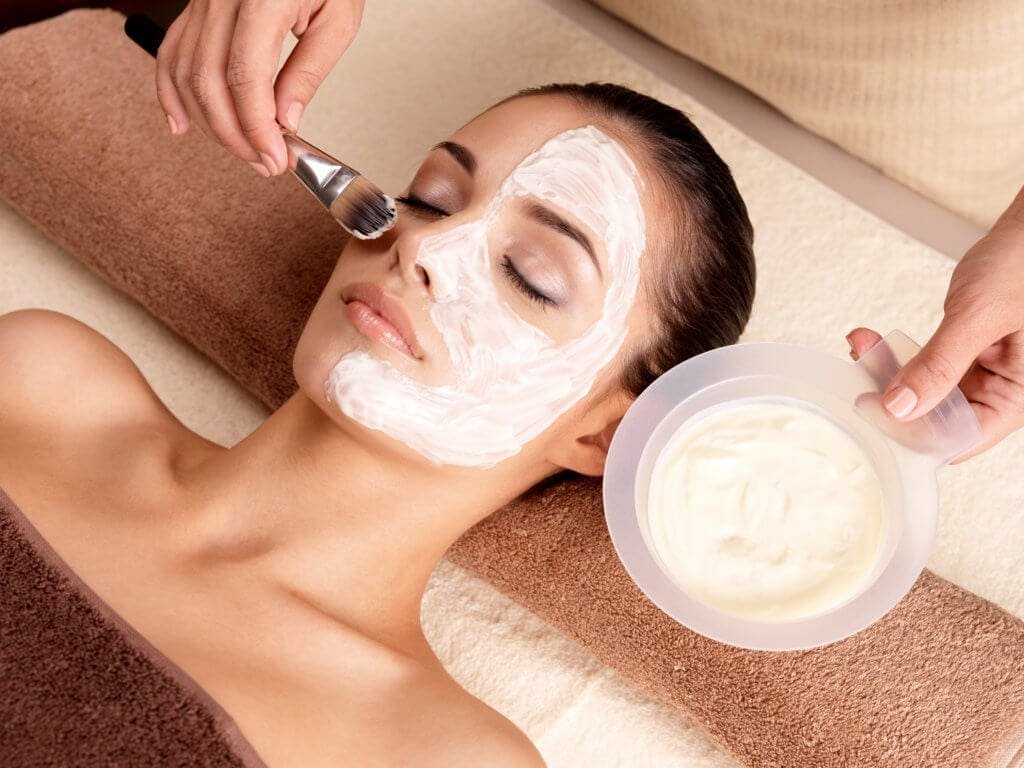
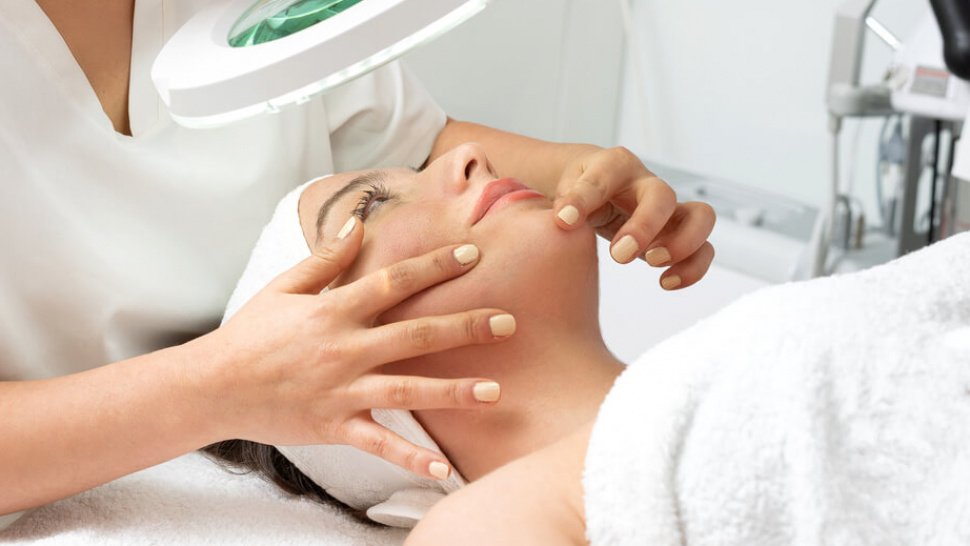

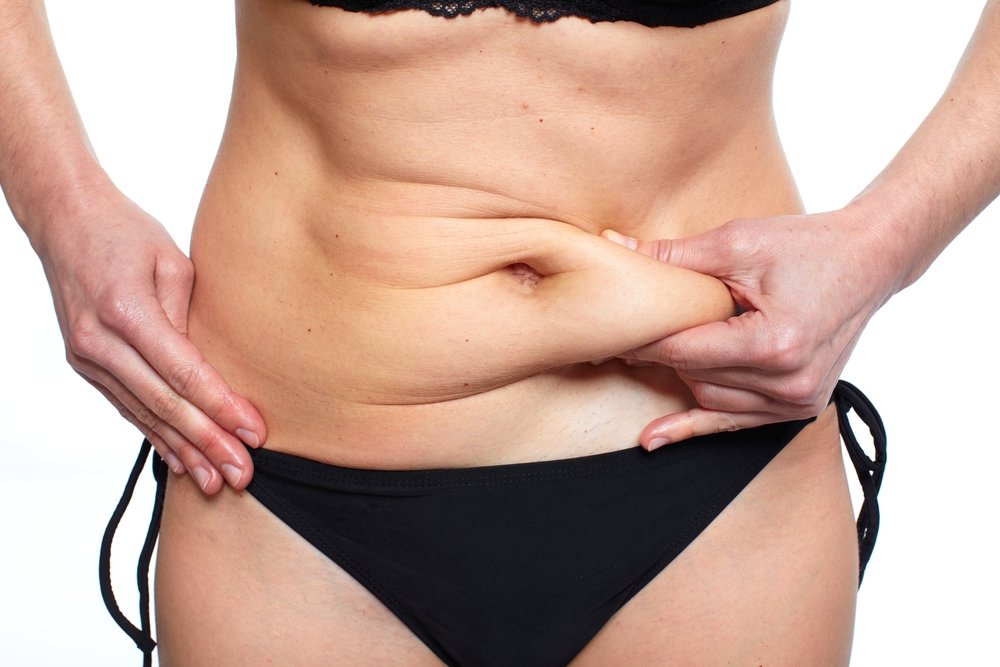
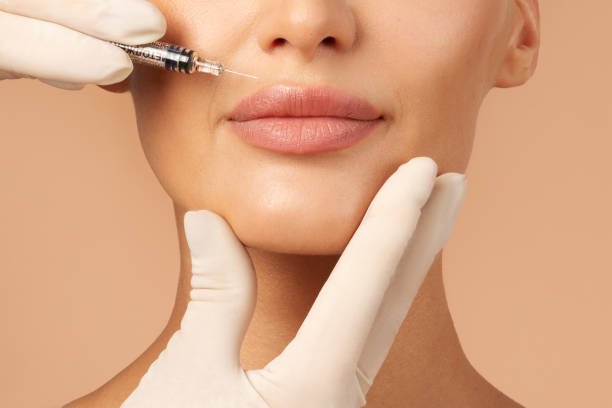


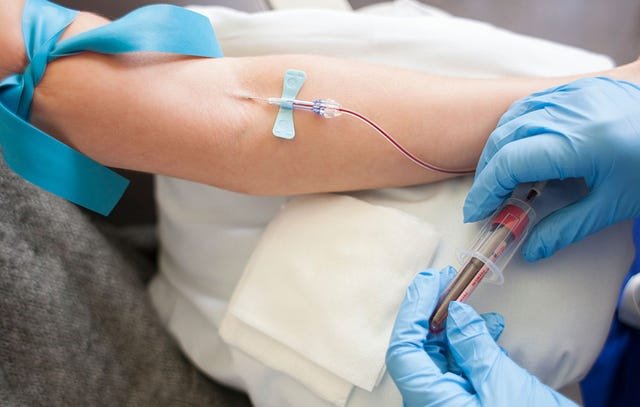


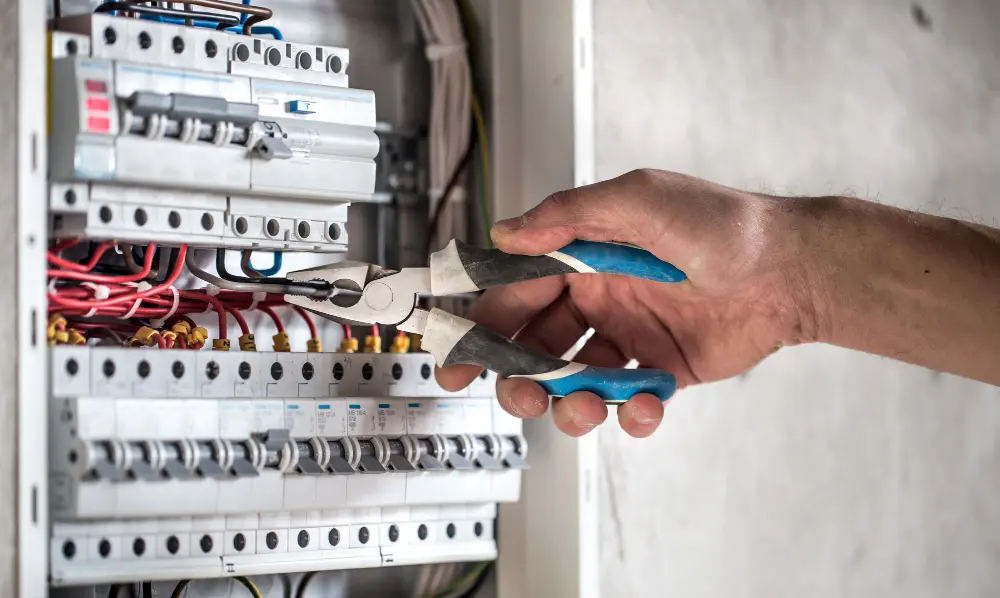


Leave a Reply